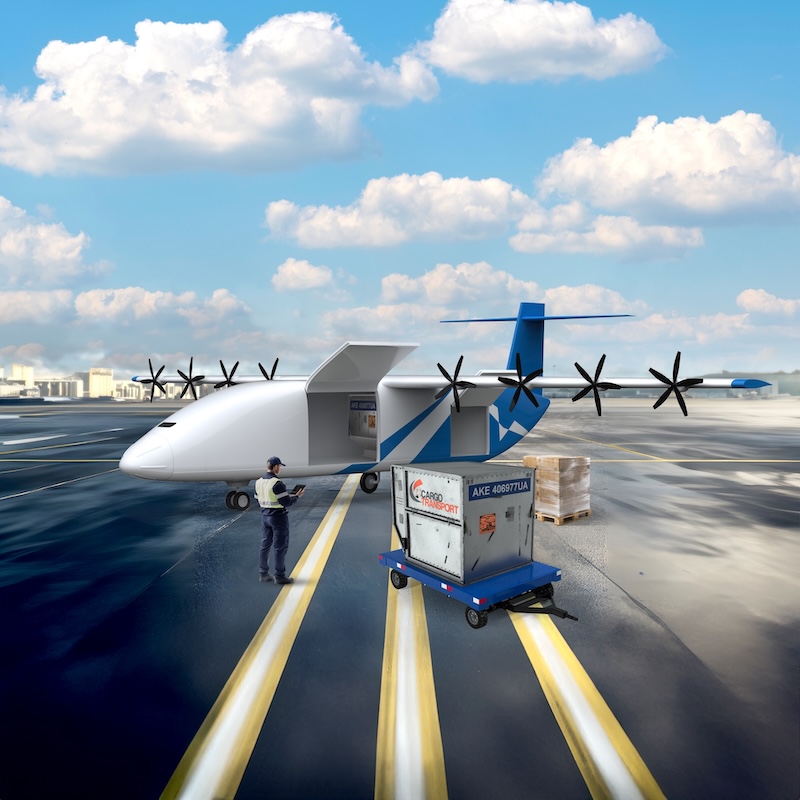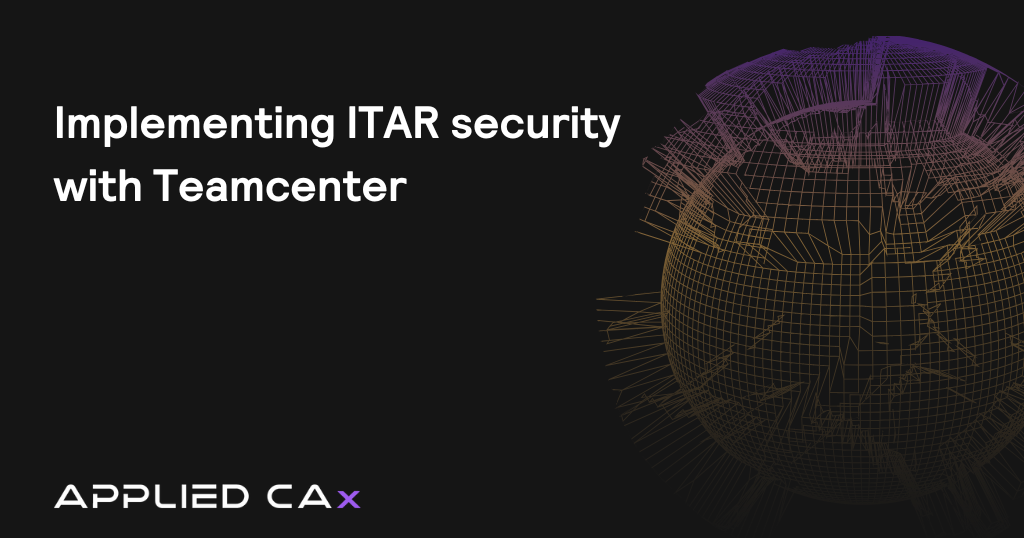You can have the best of both worlds.
You can use a full history-based approach and supplement that with Synchronous Technology to extend or modify the original design intent of your model. One example is that you need to edit a feature of a very old part. No one in the company remembers how to edit a PreV-13 sketch, they’ve all retired by now. Editing the original feature causes dependent features to fail or update incorrectly. Keep your design driven parameters, relationships and constraints as they are today and add a feature, at the end of your history tree, to manipulate the geometry to the new desired form.
Dumb Models?
Models without a history tree are dumb models and you can’t do much with them. Not the case when you deploy Synchronous Technology. Take a STEP (Parasolid or IGES) model downloaded from a vendor or supplier, add Synchronous Technology features to Smarten it up or add intelligence to the model. Directly open a SolidWorks part in NX, use Synchronous Technology to manipulate the model for your needs.
We held this webinar on Weds. Nov 14, 2018
Synchronous Modeling Seminar Outline
- Legacy 2D geometry workflow using 2D Synchronous. Curve Finder
- Current sketch 2D Synchronous.
- Open STEP file from vendor (McMaster Carr) Clean up and “Make Smart”
- Open complex model, no parameters, fix issues with Synchronous.
- Open fully featured part and attempt to edit an old feature only to find that no one is left at the company that knows how to edit such an old feature. Make changes with Synchronous.
- Synchronous to modify non-parametrized part. Move Face vs. Pull Face, Delete Blends and the issues you’ll encounter and how to fix them. Face Finder.
- Add geometry for CNC operations, clamping, etc. Divide face, pull face, lines and arcs.
- Delete Face operations:
- Delete Blends: Notch & Cliff
- Delete Blend Size
- Delete Hole Size
- Delete Partial Blend
- Delete Face – Cap Face
- Copy/Paste Faces
- Reuse Library to capture data
- Using standard modeling tools with Synchronous Technology
- Interrogate Parts using Synchronous Technology
- Using Synchronous Technology to handle “late design requirement changes”
- Use Synchronous Technology to find the internal volume or fluid volume for CFD analysis.
- Move Edge – well, this is just fun… Also, there are practical uses.








